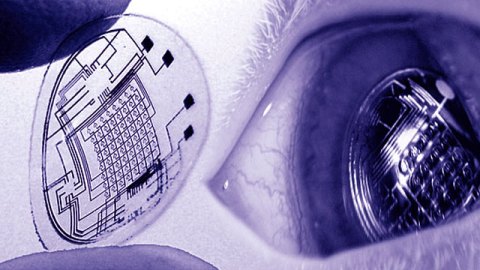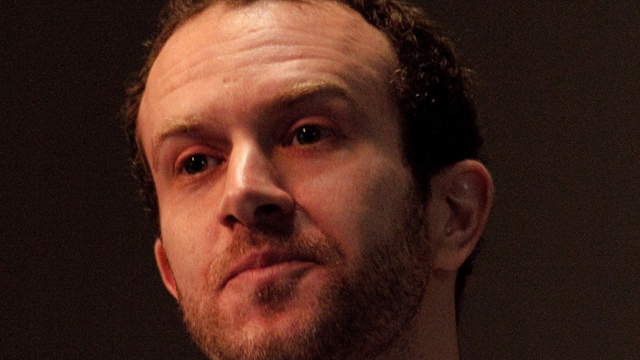Classes of Impossibilities & The Internet in your Contact Lenses

In my most recent book “Physics of the Impossible,” I define three classes of impossibilities in regards to technology. Class One impossibilities are technologies that are impossible today but don’t necessarily violate the known laws of physics; Class Two impossibilities are those that are at the very edge of our understanding; and Class Three impossibilities are those that violate the known laws of physics.
Many people ask me what would happen if we have a fundamental shift in the way we see things and understand physics. Well, advancing computing power is going to bring us technologies we once placed in the category of science fiction and impossible. Class One impossibilities are what we see in the movies—we see people with telepathic powers or invisibility. We have hopes that we will see some of these technologies in the coming decades. Already, we have experimented by putting computer chips on the brain which allow users to control other computers, and we can actually read thoughts going back and forth. These types of technologies essentially will allow you to control other devices, like robots (which Bruce Willis did in the recent science-fiction movie “Surrogates”). In this movie, a person could put on a helmet and control another robot just by thinking about it. In the movie, the process was a marketable product that you could purchase—there was a commercial advertisement in the movie that stated “Imagine a world where you can be anyone, go anywhere, do anything… Robotic human surrogates combine the abilities of a machine with grace and beauty of the human body. With most people living their lives through their surrogate selves, our world has become a safer place. Take a seat in your stem chair and just with the power of your mind you can control your surrogate and send it out into the real world.”
Perhaps in the future we will see these types of technologies that can you purchase as easily as walking into a computer store and buying the latest, greatest and fastest computer. Ten years ago, I predicted that computer chips would gradually become so cheap that you would have the Internet everywhere—in your cellular phone, in your wrist watch–everywhere. People laughed and thought this to be impossible but much of this we already have today. It wasn’t that long ago that cell phones were called car phones and you had to carry them around in a bag; complete with oversized battery and coiled cord. Today, people are already enjoying the luxaries of GPS and television on their cellular phone and information is accesible in just a few strokes of the fingers.
In the next ten years, I can predict that computer power will be so powerful that you will have the Internet in your contact lenses and when you blink you will be online. When you are talking to somebody, you will be able to see their face, and your contact lenses will recognize that face and show you a brief biography if you wished to see one. With this type of technology, you could speak to anyone in any language because subtitles could essentially appear beneath the person essentially allowing you to create entire new realities. But, computing power will also hit a point to where it will be almost indistinguishable from humans. For example, visionaries and futurists like Ray Kurzweil predict that by 2019; a $1000 computer will have as much raw power as the human brain and possibly even pass a turing test sometime between 2020 and 2070. Other predictions state that once the turing test is passed and true artificial intelligence has become a reality–Computers will then be capable of learning and creating new knowledge entirely on their own and with no human help.
So, it’s an exciting time to be alive.. to be able to witness the development of these great technological advancements. It will be interesting to see what types of products emerge in the next 20 years.





